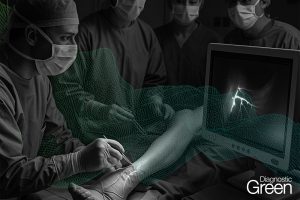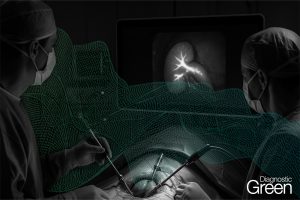Laparoscopic cholecystectomy (LCC) is now accepted as the gold standard for the management of gallbladder diseases. Currently, one of the basic techniques of general surgical residency in Korea is cholecystectomy. However, it is not easy to overcome the learning curve during fellowship period because about 150 cases are required. Intraoperative imaging using indocyanine green (ICG) might reduce learning curve and the risk of bile duct injury by improving visualization of the biliary tree. We compared the outcomes of LCC in patients with and without ICG. The authors undertook a retrospective review of total 300 conventional LCC cases with and without ICG performed by three surgeons who started the fellowship of hepatobiliary surgery in a single center.
Results: The median operation time was 43.0 vs. 39.0 min (p = 0.45) in the group with and without ICG, respectively. The rate of conversion was 4.6% in the group without ICG, while 2.5% in the group with ICG. Bile duct injury occurred 1% vs. 2.2% in the group with and without ICG, respectively (p < 0.05).
Conclusions: LCC with ICG enables a better visualization and identification of biliary tree and should be considered as a means of increasing the safety and reducing learning curve of LCC.




